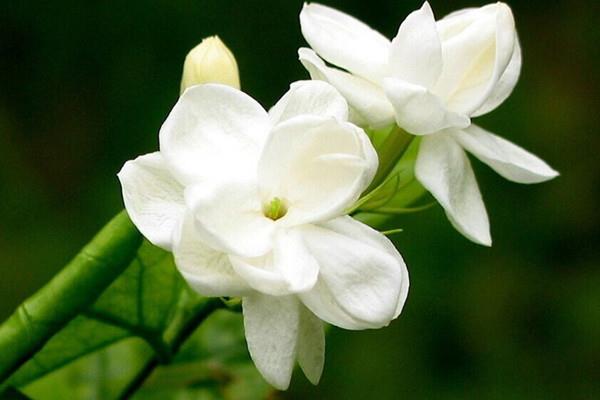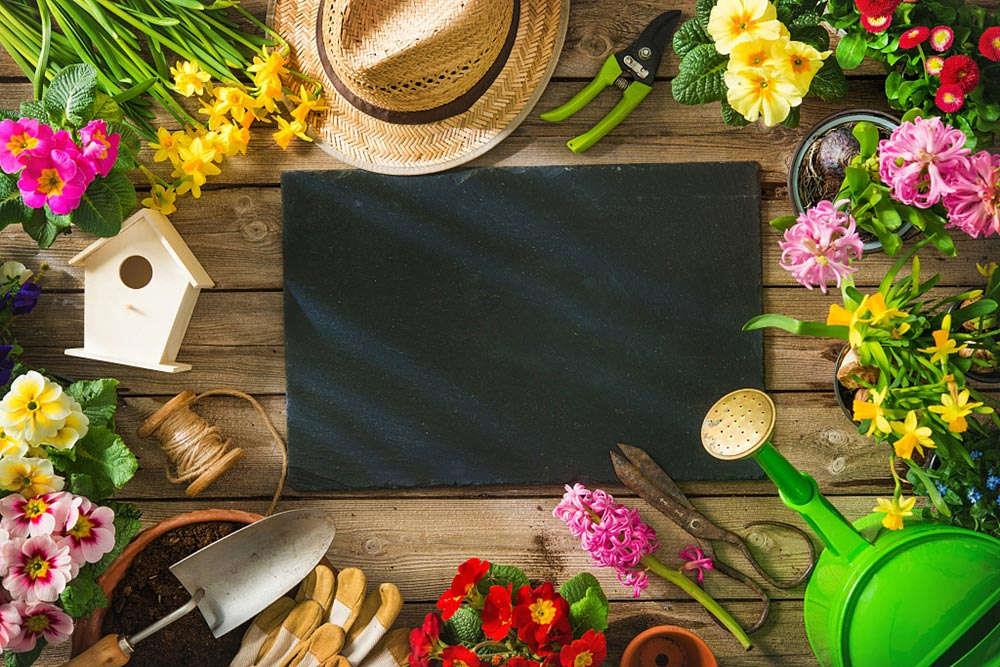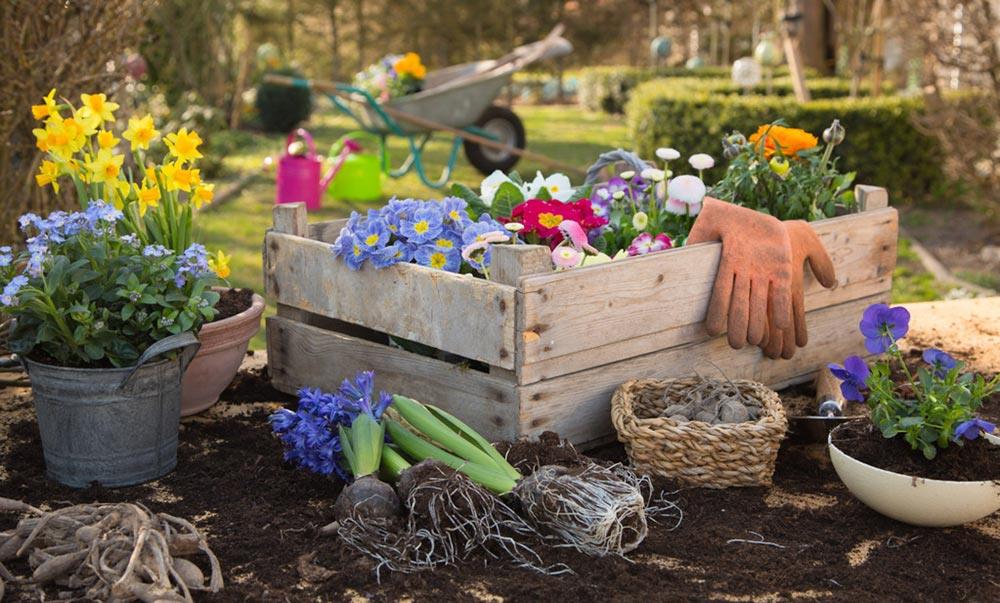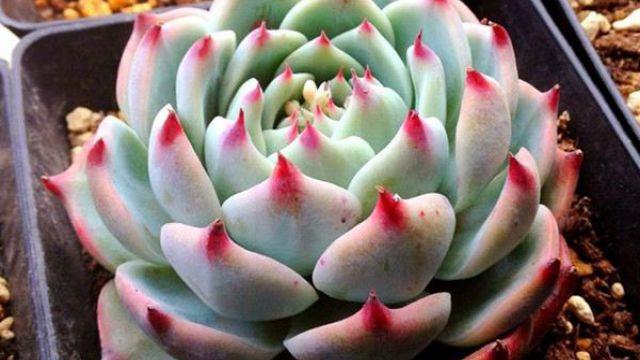Olive flower cultivation methods and precautions
Last Update :2024.11.09
Article Catalog
Things to note when growing olive flowers at home
The dove of peace flies across the ocean with an olive branch in its mouth, bringing peace and hope. The olive flower, which symbolizes peace, is relatively common in our country. Flower lovers who cultivate olive flowers in the garden can take a look at how to grow olive flowers and what they should pay attention to.

How to grow olive flowers
How to cultivate olive flowers
Soil
Olive trees are based on the principles of "high yield, high quality and high efficiency" It is a rare and high-quality woody oil tree species in the world. It is a strong shade tree. It likes to grow in well-drained plots. It is drought-resistant and has strong adaptability to soil. It can grow in slightly alkaline sandy loam and calcareous clay. , shallow roots, cold-resistant, general varieties can tolerate low temperatures of -12°C, and cold-resistant varieties can tolerate low temperatures of -18°C, making them long-lived tree species with strong growth ability.
Water and fertilizer management
Watering: After cultivation, prevent long-term sunlight exposure and water shortage, and keep the soil moist to ensure sufficient water.
Fertilization: Fertilizing young trees should be mainly nitrogen fertilizer, with other fertilizers appropriately matched. The principle is to apply frequently and lightly, usually once every two months, or once before and after planting. As a result, the main fertilizers used for tree fertilization are nitrogen, phosphorus and potassium fertilizers. Under dripping water on the periphery of the tree crown, open a 20 cm deep ring ditch or two half-moon shaped ditches. Apply fertilizer into the ditch. If it is liquid fertilizer, cover it with soil after it dries. Cover with soil immediately after application.
Yardyard weeding
Olive flowers planted in the yard need to be weeded regularly to prevent overgrown weeds from consuming the nutrients that belong to the olive tree. You can choose glyphosate or paraquat, both of which are good herbicides.
Herbicides have obvious damage to olive branches and leaves, and the branches and leaves should not be touched when spraying. The spraying time is generally controlled before the spring grass blooms and sets seeds and in late June for a long time when the summer grass is flourishing.

Precautions for growing olive flowers
Pruning
After the seedlings are planted successfully, wait until the seedlings are 1-1.5 meters tall and dry. Generally, it is cut around 0.8 meters. Select and leave 3-5 branches as main branches in different directions. If the main branches are too long, cut them short at 60 cm. Leave 3 side branches on each main branch, and then process them step by step to form early knots and high yields. canopy.
Common diseases and insect pests
A common disease of olive flowers is anthracnose, which can be sprayed with 600 times of copper oxychloride solution.
Common insect pests of olive flowers include scale insects and psyllids. If pests are found, use the following pesticides to spray and kill them: 700 times of rapid killing EC; 1000 times of omethoate and ammonium phosphorus, etc.

Things to note when growing olive flowers at home
- END -
How to distinguish male and female yew plants

When raising yew at home, we all know that it is beautiful, but did you know that ...
How to tell the difference between Huayueye, Moonlight Goddess and Chihuahua

The center of Moonlight Goddess is irregular, and the leaves extend outward. Huayu...